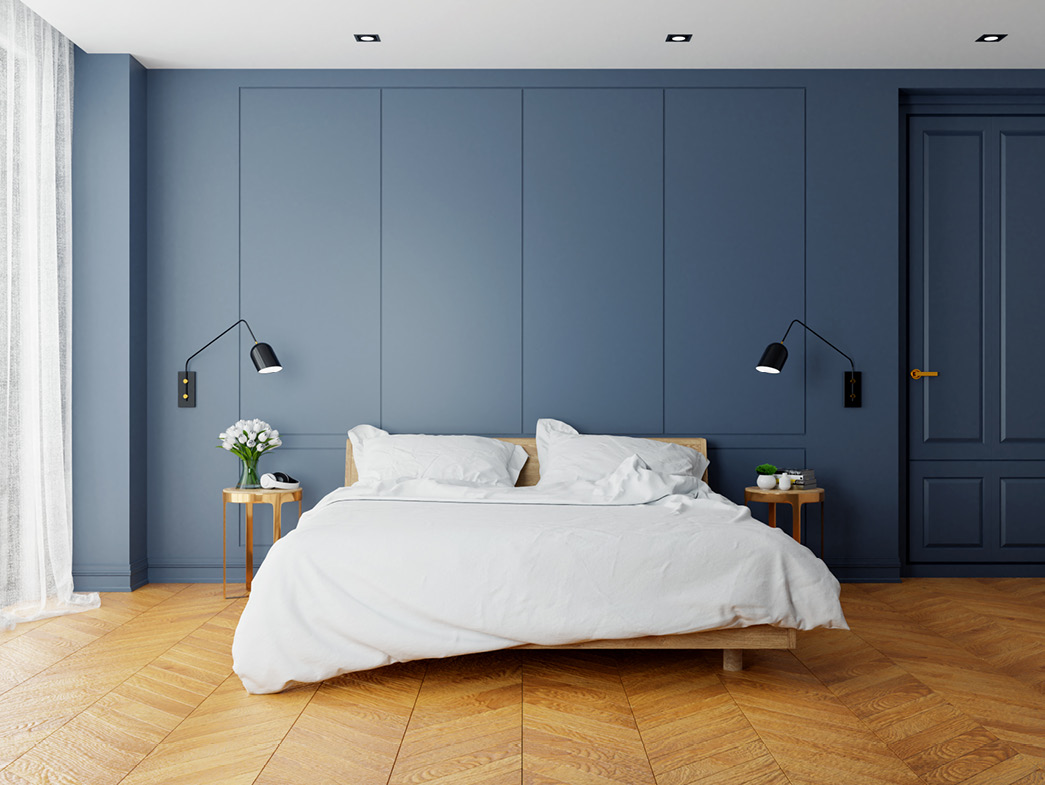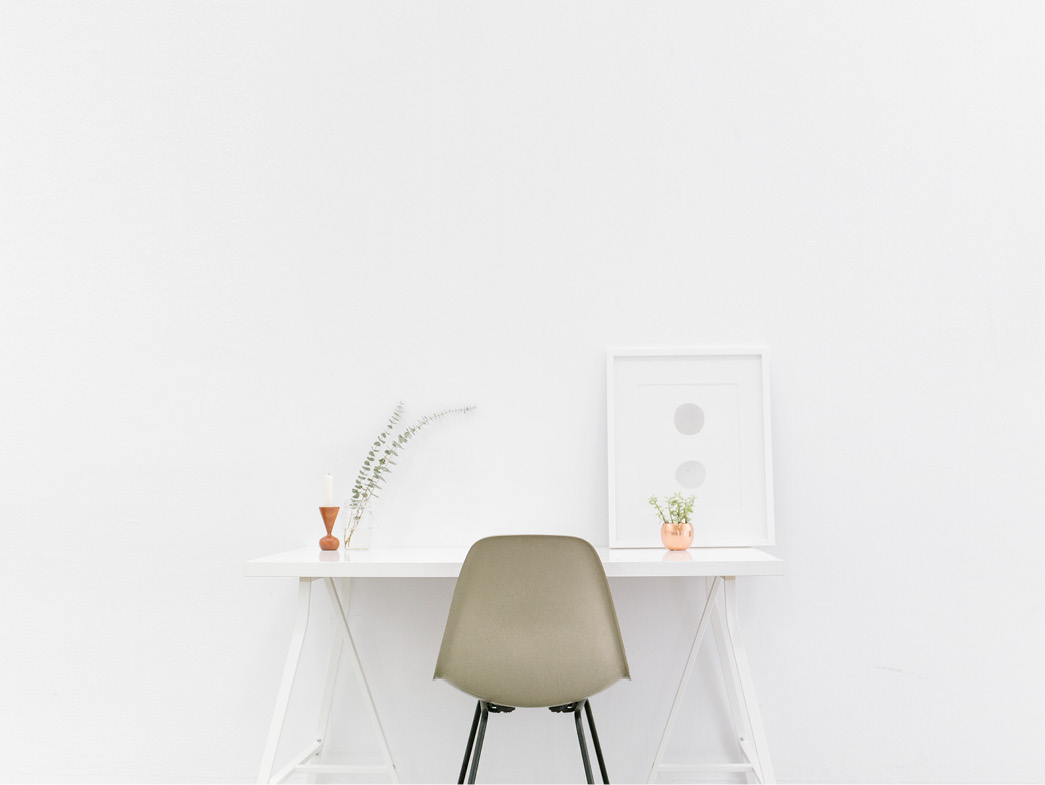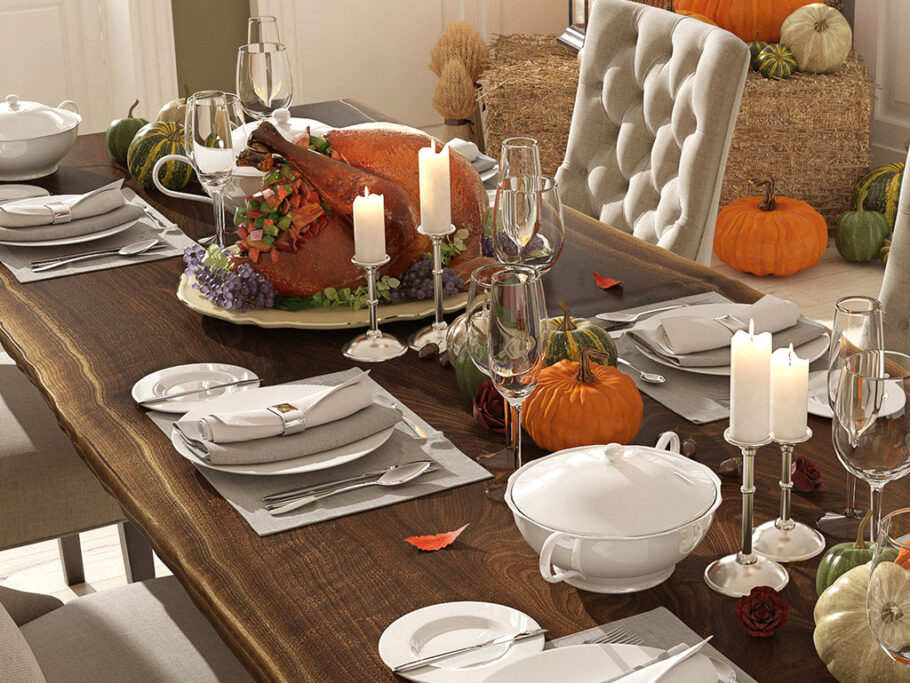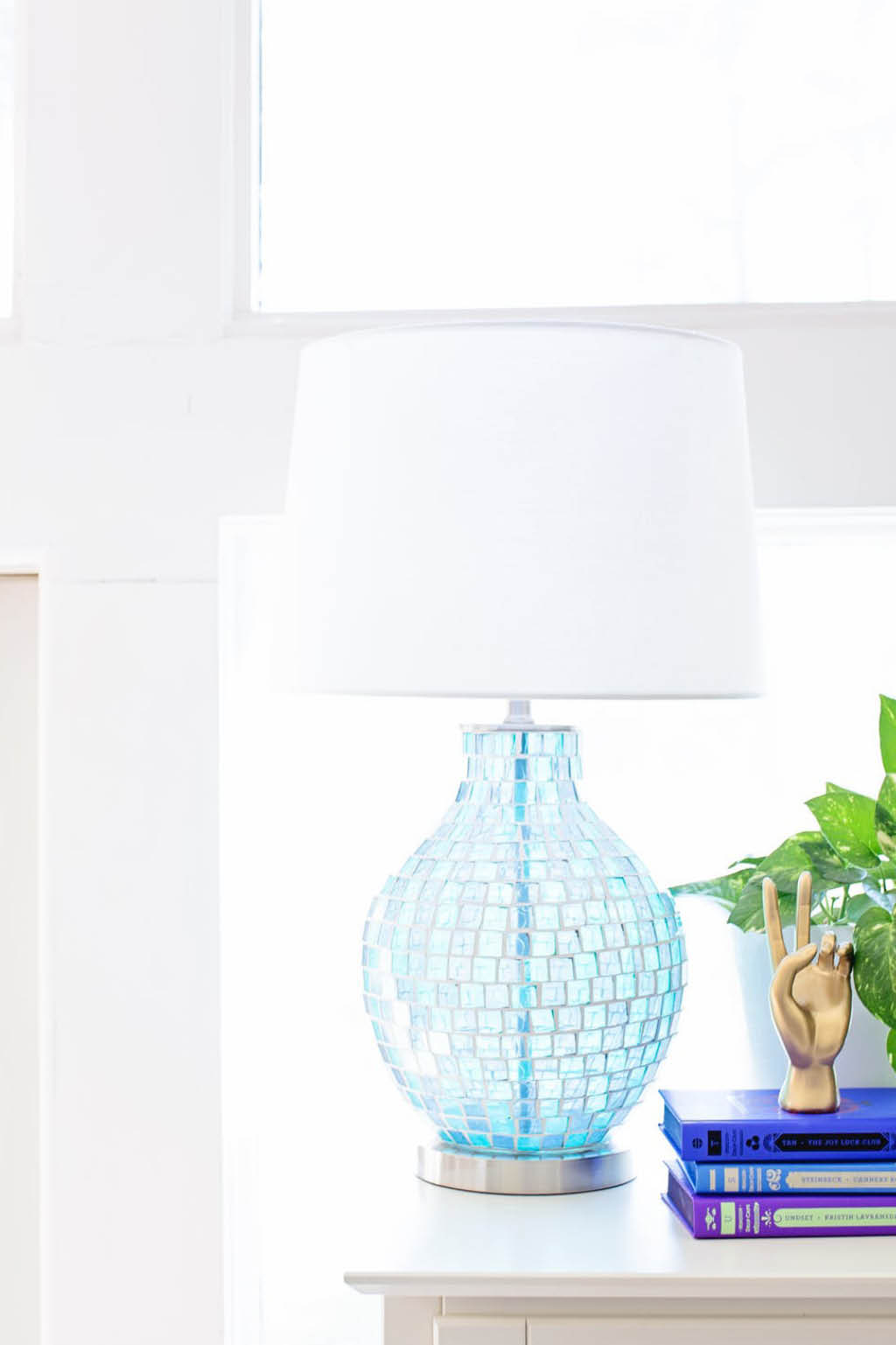The Japanese Tradition of Wabi-sabi
To some, it’s the imperfections that make a home perfect. This principle is exactly what the Japanese tradition of Wabi-sabi is all about. A concept that dates back hundreds of years, this living style is one to incorporate into your home still today.

What is it?
Wabi-sabi, as defined by author Leonard Koren, is “the beauty of things imperfect, impermanent, and incomplete, the antithesis of our classic Western notion of beauty as something perfect, enduring, and monumental.” In other words, don’t fret over minor inconveniences that your home presents, instead turn them into what an interior should be all about—a natural simplicity.

It’s normal to feel a little confused over this concept, considering those who’ve studied this tradition even find it hard to define. But essentially, make use of the authentic imperfections within your living space, and learn to embrace them.

How can you incorporate this into your home?
Oprah.com called Wabi-sabi the new hygge, making this interior style one to consider for the look and feel of your home. Ask yourself: do you really need what’s not absolutely essential? Is there anything about your current decor that doesn’t bring you absolute joy? Are you buying more and more pieces that don’t embody who you are? This Japanese practice is all about removing clutter, and refining your interior to be a balanced, harmonious atmosphere.

Minimalists love this trend because it meshes with the idea of removing anything that doesn’t make you happy—which minimalism is based in. Wabi-sabi takes it one step further, and is rooted in honoring your home, and what makes it a genuine living space. As described in Elle Decor, “homes aren’t meant to be perfect, they’re meant to be lived in.” Make your home a calm, purposeful space, and let this Japanese practice do its thing.






























